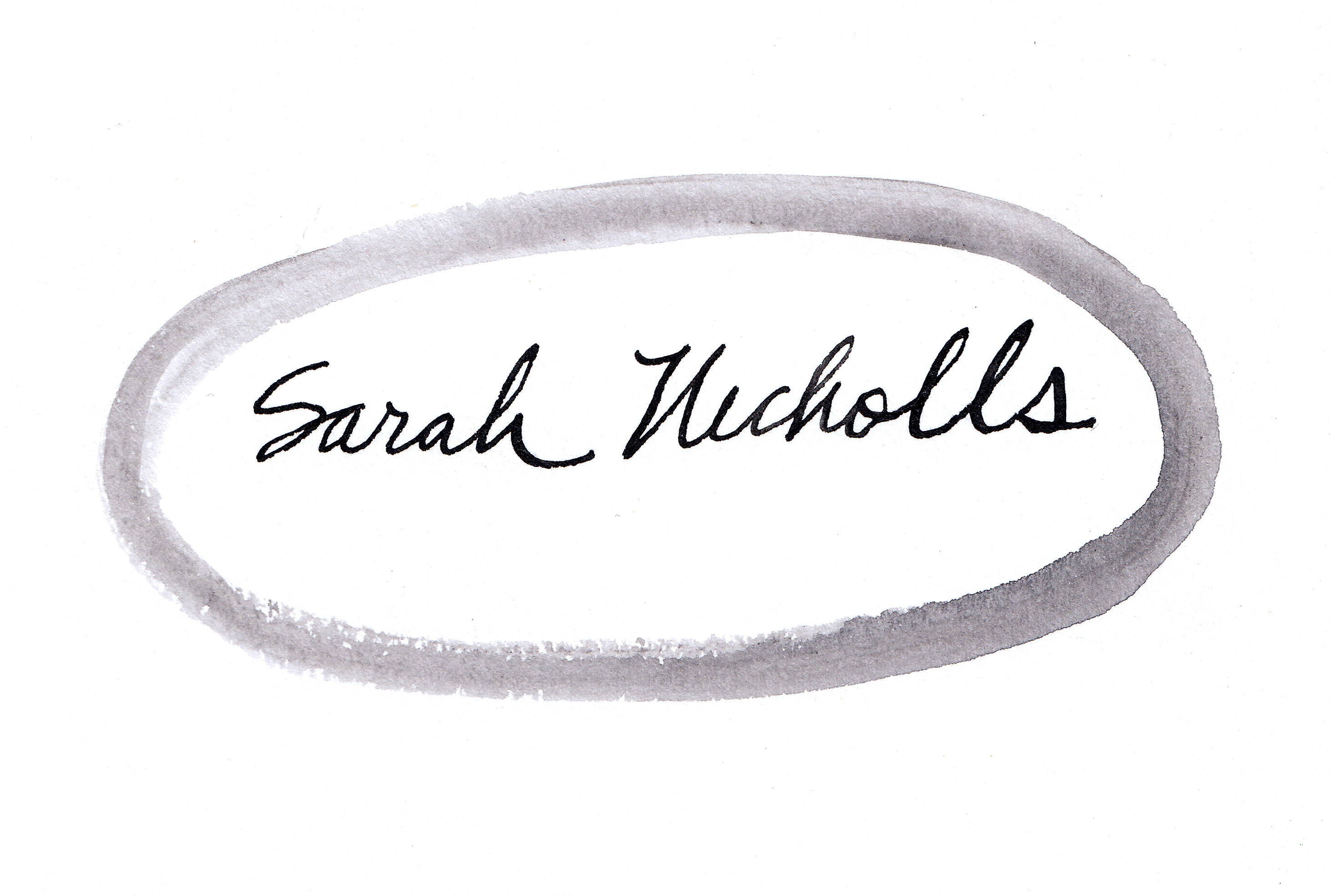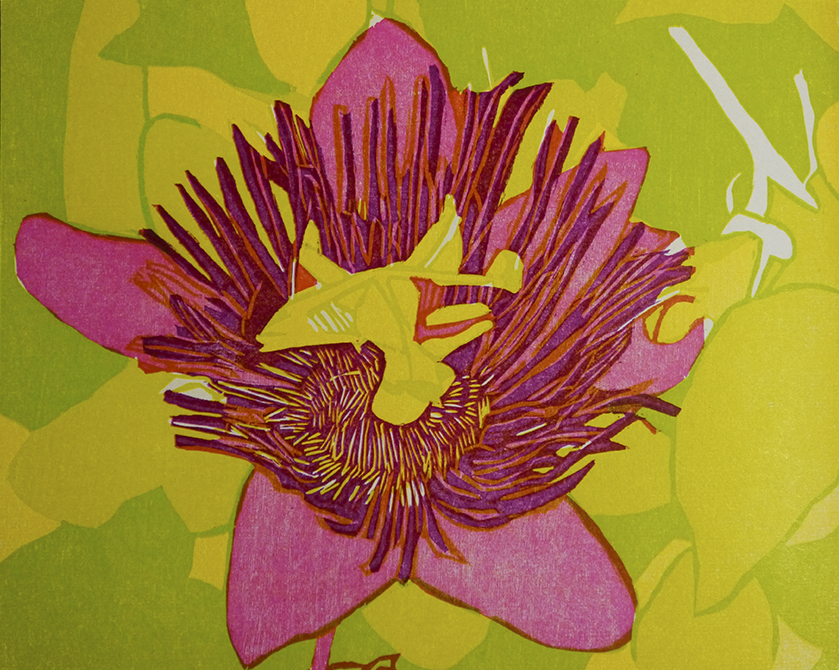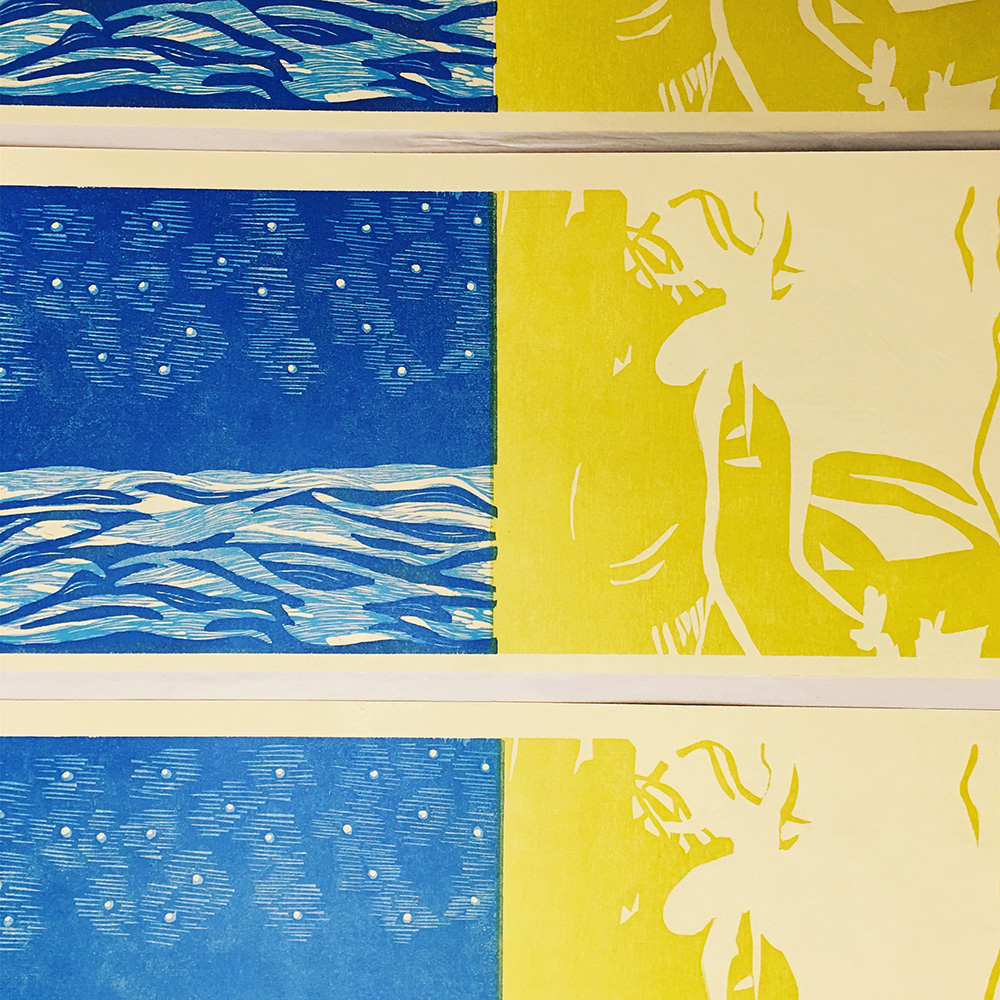Glasshouse is here.
The second project I spent most of the fall working on is a new book project: Glasshouse. It is a limited edition artist book that looks at the history of greenhouses, a technology made to cultivate foreign plants in a controlled environment, originally in service to empire. How did we build structures to contain trees meant to grow elsewhere? What is it like to sail off the edge of what you know? What does economic botany mean?
I spent a lot of the spring taking photos of exotic plants in greenhouses and reading about botanical history. I learned a lot about why botanical gardens exist, which is something I don’t really think we think about when we enter one. Today, botanical gardens do a lot of important conservation science and research into how plants are used and have been used by various people throughout the world.
But when they began, it was a bit different. Botanical gardens were used as a research facility for European imperial governments. Their roots were in medieval medical gardens, where the students would learn about botanical remedies and their uses. As Europeans began sailing around the world, gathering plants and gold and various other things from other countries they suddenly realized existed, they brought seeds and seedlings of foreign plants back and tried to grow them in Europe. Elites had already developed the technology to build heated enclosures to grow oranges and citrus fruit trees from the Mediterranean; these buildings were used to house these new kinds of exotic plants, which often weren’t happy to be in the colder climate of Northern Europe.
As European nations competed for power and resources through exploitation of the rest of the world, one element they considered was, What kinds of plants are there out there and how can we use them? Colonialism and botanical gardens had a tight relationship that I don’t think that is obvious when you are casually walking through and enjoying a room of orchids. A glass room in London filled with tropical plants is sort of a perfect image of colonialism if you think about it.
I wanted the book to be like walking through a garden; visually engaging, with the text as a caption to the plants, but one that makes the narrative and the context of these plants clear.
There are some waxed pages in there for the transparency.
And the second section of the book is specifically focused on the specific kinds of plants that I’m talking about and how they were transformed into commodities.
I’m pretty happy with how it looks. I’m going to the 2017 Codex Book Fair in California next weekend, Feb 5-8. You can see the book in person there if you happen to be there, otherwise I’ll also be at the Manhattan Fine Press Book Fair in NYC in March. So there’s that. Copies will be available in February; I’m furiously making boxes this week.










